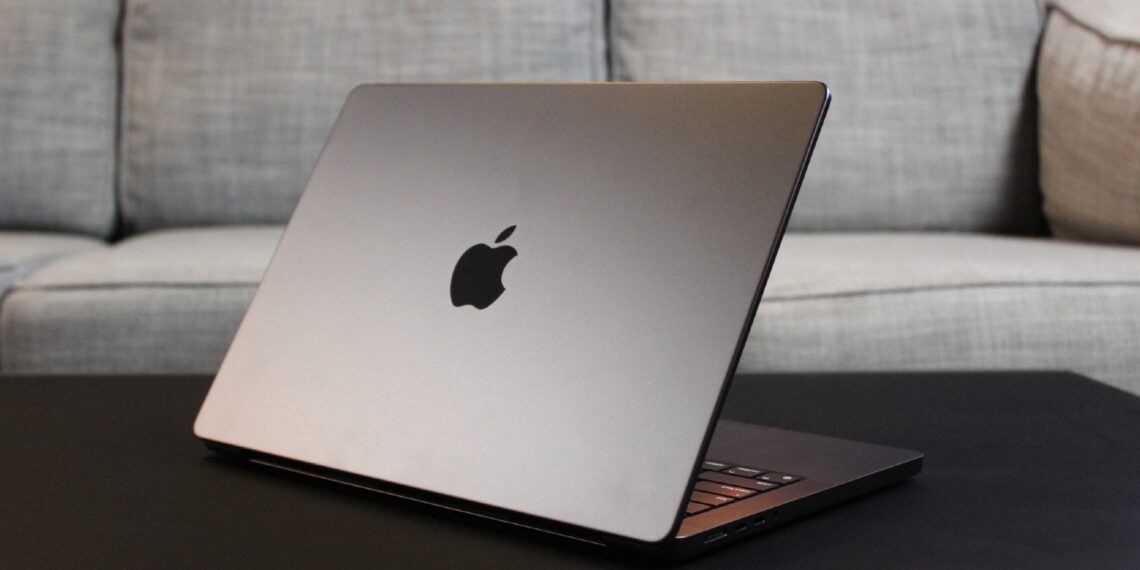Apple tends to maintain its product designs for several generations. For instance, the M4 MacBook Pro retains the design language that was first seen in the M1 series released back in 2021.
However, a significant transformation might be on the horizon next year. According to a report from Bloomberg, “I don’t anticipate major updates to the MacBook Pro design until approximately 2026 when the M6 model is expected to debut.”
At present, Apple is developing new MacBook Air and Pro models equipped with M5-series chips, which may continue to reflect the aesthetic of their M4-series predecessors. While the design is functional, it does have its shortcomings.

“It’s quite a burden to carry around. Many will appreciate the additional screen space, but it definitely compromises portability,” noted Digital Trends in their assessment of the current-generation MacBook Pro.
“The most significant drawback for me continues to be the notch on the display. I find it rather unattractive and intrusive, and the way it intrudes upon the menu bar can be awkward, especially on the 14-inch version,” the review further explains.
What to Expect from a Redesigned MacBook Pro?
The much-anticipated design update could finally become reality in 2026, potentially offering significant improvements across the board. These might include a slimmer and lighter profile, as well as a shift from mini-LED to OLED display technology.

A key feature expected to be removed is the unsightly boat-shaped notch that was first introduced with the iPhone X and later incorporated into Apple’s laptops starting in 2021.
Reports suggest that the M6 model might feature a hole-punch display, but it’s yet to be seen if this will include the complete Dynamic Island functionality akin to the latest iPhones. The addition of a touch-sensitive display is still a hotly debated topic.
There’s also speculation surrounding the introduction of cellular connectivity in the MacBook, especially since Apple has integrated its in-house modem into the iPhone 16 series and plans to extend this technology to iPads. Only time will tell, but the convenience of such a feature would certainly be welcome.






